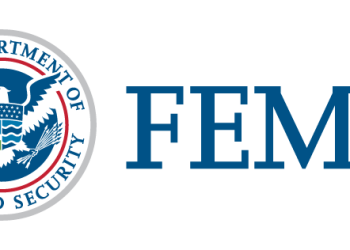The U.S. Preventive Services Task Force on Tuesday expanded recommendations for lung cancer screening, which more than doubles the number of U.S. adults eligible for screening, experts say.
The task force made two significant changes to its lung cancer screening: Annual screenings will begin at age 50, instead of 55, and smoking intensity has been reduced from 30 to 20 pack-year history. This means patients will eligible if they, for example, smoked one pack a day for 20 years or two packs a day for 10 years.
The inclusive criteria are expected to increase eligibility from 6.4 million adults to 14.5 million, according to an editorial by the University of North Carolina School of Medicine professors published in JAMA Tuesday.
“There’s a huge need to diagnosing patients early,” said Dr. David Carbone, an oncologist and lung cancer specialist at The Ohio State University Comprehensive Cancer Center, who is unaffiliated with the editorial. “When you don’t do screening exams, most lung cancer patients are diagnosed when they’re incurable.”
While health experts agree the updated recommendations are a good first step to becoming more inclusive, they also say it doesn’t address the urgent issue of low uptake. Many Americans who are eligible for screening, even by the 2013 standards, still don’t get screened for lung cancer, said Carbone. This is partly due to racial inequities, financial barriers, and lack of awareness and education.
People of color who are…


























































